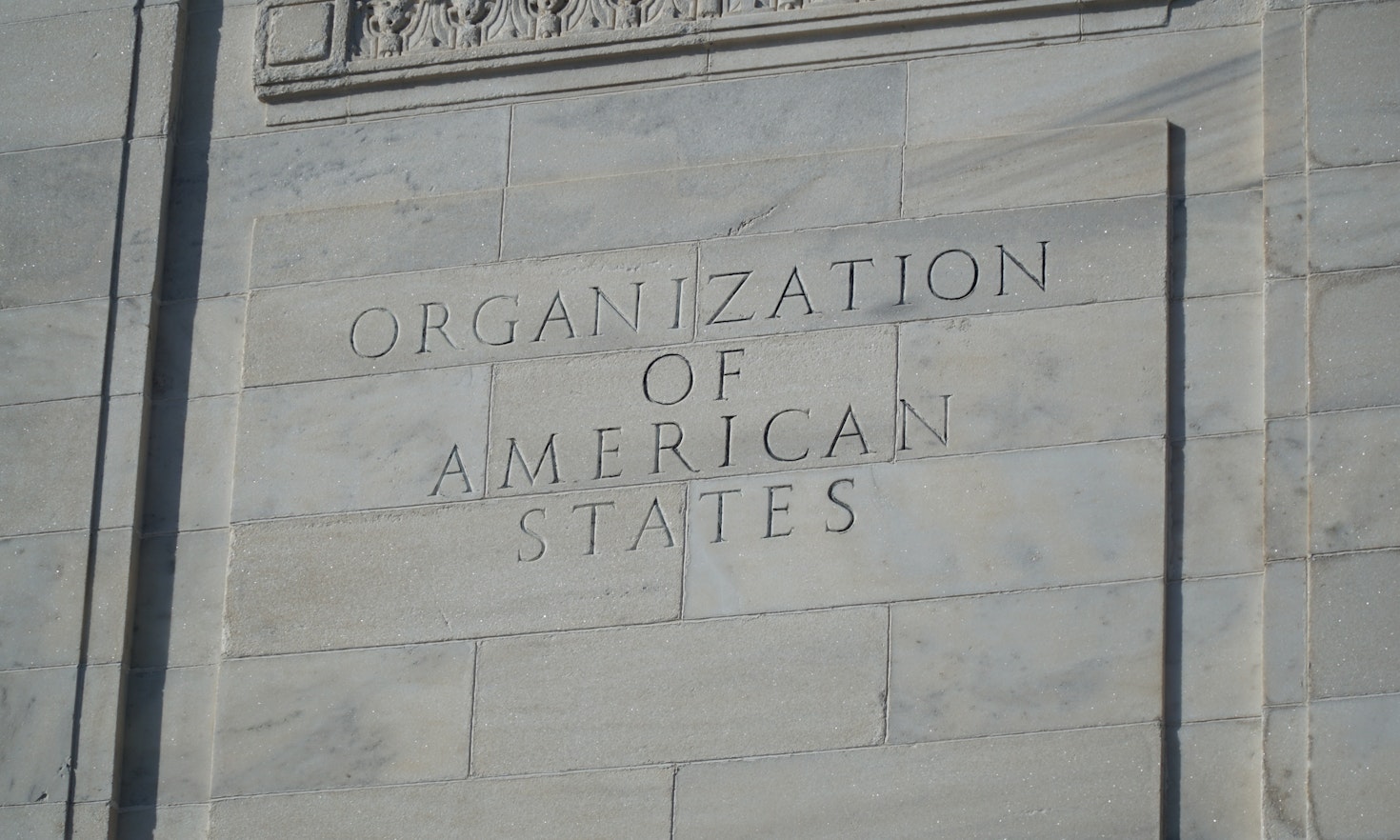
Explorations of Resilience and Intersectional Discrimination: Visual art-based research with young women with refugee experience



Twenty countries in the Americas recently adopted a regional agreement on migration and protection that was proposed by the US government. What is this agreement about and why did Latin American governments endorse it? And, could it constitute a migration pact for the Americas?
The Summit of the Americas is a meeting of heads of state and government which has taken place every three years since 1994. The ninth edition of this event, which is the highest-level multilateral forum about the Americas, was recently held in Los Angeles from June 6-10. The Summit was marked by the adoption of a Declaration on ‘Migration and Protection’, proposed by the US government and signed by the governments of 20 countries, three countries fewer than the ones who attended the meeting. What is this Declaration about? Why did the US government propose it and why did some Latin American governments endorse it? Can we say that this is constitutes a ‘migration pact’ for the Americas?
The IX Summit of the Americas was hosted by the US government, who also proposed the main topics and the agenda of the meeting. Among these topics, human mobility was at the top of the agenda, probably because of US domestic policy concerns. There is currently a political campaign in the US for the mid-term elections, which will be held in early November, and the Biden administration wanted to send a strong message and an image of leadership to its national electorate on this very sensitive topic. And this is one of the main reasons the US government proposed a regional agreement on migration. But this is not something new nor is it limited to this specific context. The US has historically presented proposals of Pan-American norms and policies as a way of projecting its power and interests to the rest of the region. Many times, these proposals had little success and faced fierce resistance. This is because Latin American states have deeply-rooted preferences for non-domination and dislike the idea that the largest and most powerful state dictates the common rules for the rest of the continent. This resistance could be witnessed in this latest Summit, when many heads of government did not attend and many others openly criticized the US government’s decision to not invite Cuba, Nicaragua and Venezuela to the meeting.
For this reason, the Summit was controversial even before it started. The Biden administration did not invite the governments of Cuba, Nicaragua and Venezuela due to ‘concerns about the lack of democracy and respect for human rights’ in those countries, thus drawing an ideological and dividing line during one of the most relevant multilateral spaces for dialogue and cooperation in the hemisphere. However, at the same time, countries such as Haiti, where there are significant issues regarding the legitimacy of the electoral processes, or Colombia, where serious human rights violations happen, were invited. In addition, Biden is about to announce a trip to Saudi Arabia -a country which is certainly not exemplary in terms of democracy and human rights. These contradictions have raised concerns about the double standards of the Biden administration towards Latin America. The absence of Cuba, Nicaragua and Venezuela, three of the main origin countries in the region, also poses an important limitation to any hemispheric multilateral agreement on migration. This is because the non-inclusion of the perspectives and interests of the sending countries diminishes the legitimacy of any agreement and, at the same time, exacerbates the enormous asymmetries which characterize international relations in the Americas.
The recently adopted Los Angeles Declaration on Migration and Protection, similar to the Global Compacts, is a non-binding agreement in which the signing states decide some points of action under principles of ‘safe, orderly, humane and regular migration’ which should also be ‘grounded in State sovereignty’. While ‘safe, orderly and regular’ are principles that have been enshrined at the multilateral level by the Global Compacts (and which have been strongly questioned by the academia, the ‘humane’ aspect is a new addition, which probably originates in US vice-president Kamala Harris’ ‘humane’ border management plan. The Los Angeles Declaration has four main pillars: international funding and assistance for countries of origin, transit and return and, also for countries of destination of large numbers of migrants; the promotion of pathways for regularization, which includes commitments by the US and Canada to expand visas for temporary labour migration; the promotion of more ‘humane migration management’; and the promotion of a ‘coordinated emergency response’. The last two pillars include a strong emphasis on information sharing in the area of security and crime and on irregular migration. Many countries have announced concrete pledges in each of these pillars.
The Los Angeles Declaration was the result of a US initiative, which was supported by some of the main receiving countries of the displaced Venezuelan population and US allies, Colombia and Panama. The US was primarily interested in achieving a hemispheric-level agreement oriented towards the containment of migration flows, including security, border control, the ‘fight against transnational crime’ and information sharing, while at the same time embracing a ‘humane’ rhetoric. This ‘humane’ rhetoric was possibly aimed at putting the Declaration more in line with the Latin American liberal and progressive migration governance tradition while trying to reduce deeply-rooted resistance to US’ restrictive and securitist policies. The pillars of funding and assistance to both origin and receiving countries were included following the requests of Colombia and Panama. In the context of this Declaration, the US pledged to commit 314 million USD in humanitarian and developmental assistance, which will likely increase cooperation between some Latin American countries and the US in the areas of interest to the US.
To sum up, in response to the questions at the beginning of this article, the Los Angeles Declaration is a legally non-binding agreement that defines four main lines of action in the area of migration and refuge. The US proposed it mainly to respond to domestic policy concerns in an election time, but this type of proposal has longer-term, historical roots. US interests were centered on containment and security and Latin American countries supported it because the Declaration included some of their calls for international funding and support for origin and receiving countries, and also probably because the most securitist and restrictive aspects, which are frequently resisted by Latin American governments, were watered down under a ‘humane’ rhetoric. The fact that many countries did not sign it and that the preferences of the main countries of origin were not included, diminishes the legitimacy of the final document. As a result, the Declaration does not constitute a comprehensive migration Pact for the Americas. It is a broad and flexible international agreement which, similar to the Global Compacts, consists of political commitments and lines of action whose implementation will ultimately depend on each countries’ priorities. The negotiation of the Los Angeles Declaration provide us with an illustrative example of the wider dynamics that dominate global and regional migration governance, including powerful receiving countries who try to push their containment agenda and the various adaptative, emulative and resistance strategies that smaller and medium-size countries use to have their preferences included in regional and global norms and standards. Now that this agreement has been signed, more complex power dynamics will probably emerge during its implementation. Whose preferences will be followed?

This content is licensed under a Creative Commons Attribution 4.0 International license.




 Carmine Conte
Carmine Conte
 Wanda Spahl
Wanda Spahl